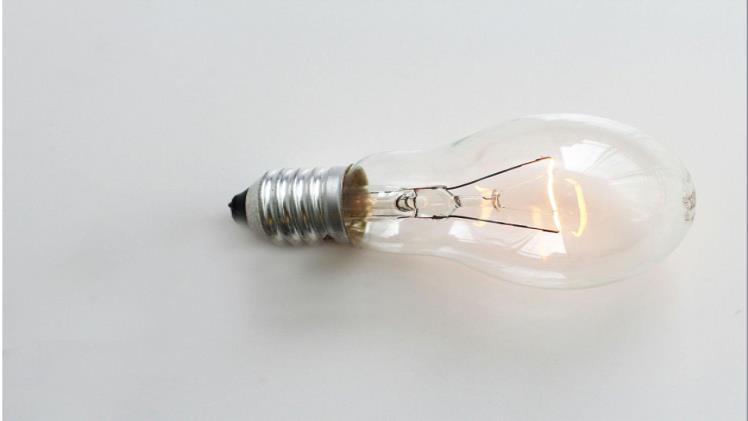With COVID-19’s influence in depressing wholesale electricity prices, many markets have witnessed an emergence of alternative PPA structures tailored to each region and corporate buyer preference.
Typically, part of a project’s output is contracted for at a fixed price and part at discounted to market with floor. This provides bankability and revenue visibility.
Price
An essential feature of fixed-price PPAs is an agreement for a buyer to purchase power from a project at a set, fixed price for an agreed-upon period; typically for five or seven years. Usually these structures offers discounts off market and lower than wholesale pricing floor prices as protection from potential sudden spikes in electricity costs.
Physical power purchase agreements (PPAs) allow energy producers to sell energy directly to corporate buyers with payment and settlement tied directly to production. They offer low risk, clear revenue visibility, and can help meet local market conditions such as short-term power prices in peak load markets.
This structure tends to be more costly for power producers than a regular fixed-price PPA, since producers are incentivised to produce at lower wholesale prices to maximize revenue. On the other hand, buyers who expect upward pricing can use this structure to fully hedge forward position without incurring risks associated with floating structures.
Power PPA prices may often be denominated in the buyer’s currency, which can mitigate against foreign exchange risks and reduce the need for hedging strategies. This approach can be especially advantageous to companies operating in emerging economies where foreign currency risks could be more acute.
Variable-Price PPAs give buyers the ability to profit from price peaks, making this arrangement less popular among power producers due to its increased degree of volatility compared to a discount to market with floor. But this structure reflects market conditions more closely, reflecting corporate buyers who may prefer it over discount to market with floor structures.
Power producers can offer various structures in their PPAs, including fixed-price with an escalating price and fixed-price nominal with capped price structures.
Contract duration can have a dramatic effect on project financing and profitability. Longer contract lengths provide greater stability for the project while often coming with reduced prices.
Therefore, it’s essential to understand how contract duration impacts pricing structures when considering off-takers as potential off-takers for PPAs. You can visit bestestrøm.no/fastpris-strøm/ for more information. It is essential to understand how these contracts work.
The type of power produced also plays an integral part in shaping PPA pricing structures. Energy producers who anticipate higher price expectations tend to favor floating structures while those expecting lower prices prefer fixed ones.
Furthermore, contract volume plays an integral part; larger projects and corporate PPA volumes often benefit from economies of scale.
Power Purchase Agreements (PPAs) are contractual arrangements between an independent power producer and an off-taker to supply electricity. PPAs play an essential role in financing independently owned renewable energy generation projects that do not belong to utilities; typically structured as special purpose entities that facilitate non-recourse project financing while offering long-term contracts at predetermined rates for energy supply.
Duration of Power Purchase Agreements can range anywhere between one and 25 years, which has an enormous effect on their pricing structure. PPAs with longer terms tend to offer higher prices for electricity while shorter agreements tend to come at a reduced cost;
It is important to remember, though, that prices of these agreements may change over time due to factors like demand/supply fluctuations.

Volatility
Recent energy price volatility poses both challenges and opportunities for clean power projects, but more specifically business owners. Long-term contracts will allow business owners to reduce the effects of volatile prices while improving energy costs overall.
Negotiating power purchase agreements (PPAs) is often time consuming and complex; so it is crucial that start negotiations as soon as possible; there are various approaches available when it comes to pricing structures, length of contracts and payment terms that you should explore in negotiating PPAs.
PPAs offer more than just price stability; they can also help mitigate financial losses caused by unplanned unit outages. Determining an optimal quantity of forward contracts to purchase for this purpose can be tricky due to uncertainty surrounding both electricity pool prices and generator availability parameters. You can click here to learn more about how generators work.
Corporate buyers seeking to reduce risk are exploring alternative PPA structures that are more flexible in dealing with price and volume volatility, such as hybrid PPA structures that combine fixed nominal pricing with variable indexing/escalating elements – something suited to their risk aversion levels while also taking into account power production costs and other variables.
Reverse collars provide another viable solution, which combine floor and cap elements. The floor protects corporate buyers from significant top-ups in the settlement market while the cap limits exposure to rising electricity prices above their collar.
In most instances, power producers assume responsibility for risk within this collar; the higher its floor price is, however, the less flexible its structure becomes for corporate buyers.
Many markets are subdivided into multiple power zones with differing power prices, making it hard to establish one price benchmark that accurately aligns with their physical PPA revenue stream.
Force majeure
Norway typically includes a force majeure clause in fixed price PPA contracts, allowing sellers to avoid their obligation to deliver contract quantity when it cannot secure enough power in the market to cover delivery obligations; buyers may then seek liquidated damages against the seller.
They can also be excused if their facility fails to achieve commercial operation for substantially all of its anticipated installed capacity, due to permit or land issues for instance.
Fixed-price nominal structures offer greater revenue visibility, increasing project bankability. Preferred by power producers with bullish views on wholesale market conditions; however, less competitive when faced with depressed wholesale prices.
This structure serves well in mitigating inflation risk while protecting costs and revenues simultaneously. You can click the link: https://www.investopedia.com/terms/w/wholesaling.asp to learn more about wholesale.
Fixed-price indexation structures link PPA prices to economic power indexes. They typically also incorporate environmental attributes into their calculation. Such indexations can be negotiated in combination with price floors/caps/guarantees; their index can either be determined based on market price indexes or firm price indices that take account of environmental attributes as part of their formula.








Leave a Comment